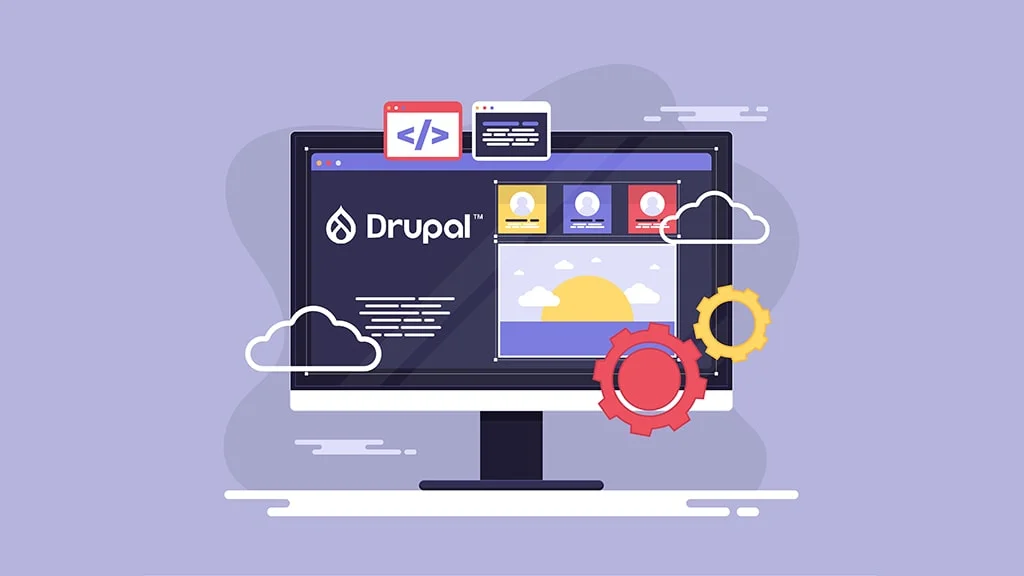Ensuring Website Fortitude: A Guide to Security Management in Drupal
Ensuring Website Fortitude: A Guide to Security Management in Drupal

Security is the foundation of any robust website, and when it comes to managing a Drupal site, it's crucial to prioritize security management. Ensuring Website Fortitude means following best practices to safeguard your platform against threats. In this blog post, we'll delve into the world of Drupal security, exploring best practices, techniques, and tools to help you protect your website, user data, and online reputation.
1. Regular Software Updates:
Keeping your Drupal core and contributed modules up to date is one of the most effective ways to enhance security. Updates often include security patches to address vulnerabilities.
2. Strong User Authentication:
Implement strong password policies, enforce two-factor authentication (2FA), and encourage users to create secure passwords. Drupal offers modules to facilitate these practices.
3. User Access Control:
Use user roles and permissions to manage access control. Assign permissions based on user roles to ensure that users only have access to the resources and functionality they need.
4. Secure File Uploads:
If your site allows file uploads, configure secure file permissions, and use trusted modules to validate file types and prevent malicious uploads.
5. Content Security:
Review and moderate user-generated content. Use content filtering and validation modules to mitigate the risk of content injection attacks.
6. Intrusion Detection:
Implement intrusion detection systems (IDS) or web application firewalls (WAFs) to monitor and filter incoming traffic for potential threats and attacks.
7. Secure Sockets Layer (SSL):
Enforce SSL/TLS encryption to secure data transfer between the user's browser and your server. This is crucial for protecting sensitive information during authentication and transactions.
8. Backup and Recovery:
Regularly backup your site's database and files. Create a robust disaster recovery plan to restore your site in case of a security breach.
9. Secure Configuration:
Review your Drupal site's configuration to ensure it follows best practices for security. Modules like "Security Review" can help identify potential issues.
10. Automated Security Scanning:
Use security scanning tools like "Acquia Insight" or online services like Drupalgeddon to check for vulnerabilities and security risks in your Drupal setup.
11. Security Headers:
Configure security headers in your web server to enhance protection. Headers like Content Security Policy (CSP) and HTTP Strict Transport Security (HSTS) help prevent various types of attacks.
12. Content Delivery Network (CDN):
Use a CDN to mitigate distributed denial-of-service (DDoS) attacks and improve site performance.
13. Security Modules:
Leverage Drupal security modules like "Security Kit," "Paranoia," and "Login Security" to enhance security features and manage potential threats.
14. Penetration Testing:
Periodically conduct penetration testing to identify and address security vulnerabilities proactively.
15. Logging and Monitoring:
Set up logs to monitor activities and detect potential security issues. Drupal modules like "Watchdog" provide a centralized logging system.
16. Incident Response Plan:
Create an incident response plan to handle security breaches effectively, including notification procedures, user data protection, and site recovery.
Conclusion:
Security management in Drupal is an ongoing effort that requires vigilance and adherence to best practices. By taking a proactive approach to security, you can protect your website, user data, and the reputation of your online presence.
Prioritizing security management in Drupal ensures that your site remains a safe and trustworthy platform for your users. Regular updates, strong authentication, access control, monitoring, and a well-defined incident response plan are essential components of a robust security strategy for your Drupal site.